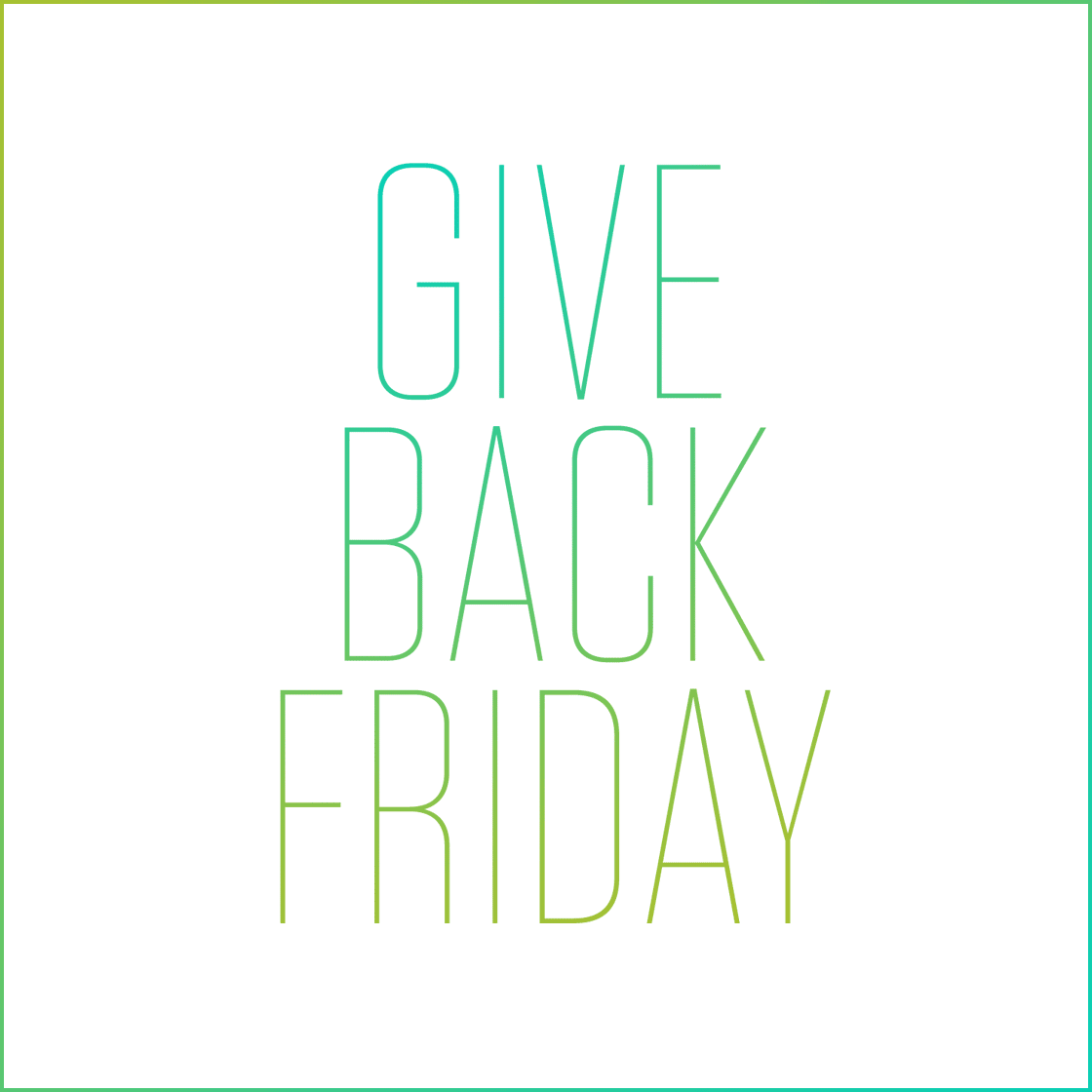Started from the bottom, now we’re…somewhere in the middle.

Back in mid-February, we lifted the lid on Blank, our mission to make better t-shirts for women (and men). Then, well, we disappeared for a few months. Frankly, we’ve been a little busy this year: packing and shipping almost 100,000 shirts (more than all of last year), moving into a brand-new office, hiring and on-boarding more than a handful of new people, etc. But just because we’ve been quiet about Blank doesn’t mean there hasn’t been any progress. Far from it. We’re just (very) overdue for an update, so here’s everything that’s happened since you last heard from us:
We teamed up with a pattern maker.
Meet Melanie Yi. A 25-year veteran of the apparel industry, Melanie’s been patiently holding our hand every step of the way—producing (and tweaking, and tweaking, and tweaking) patterns, consulting on fabrics, fit, and model selection, and racking up frequent flyer miles between NYC and Pittsburgh. She’s become an indispensable member of Team Blank.

We visited a few factories.
After countless conversations, endless research, and a handful of scouting visits, we landed on a few factory finalists: a full-service apparel maker in Los Angeles, an apparel consultant/liaison who plays matchmaker between brands and factories (also in Los Angeles), and a cut-and-sew factory right here in Pennsylvania. We’d love to keep our production at home in the Keystone State, but we’re likely going to end up out on the West Coast (we know…what a shame to have such a frequent excuse to leave our beautiful Rust Belt weather behind for dreary Southern California).

We produced our first round of samples (and second and third rounds are coming soon).
That’s right, Blank t-shirts actually exist (just not very many of them, and only in a few sizes). We had a first run of samples produced by multiple factories—tri-blend and 100% cotton in medium and 2X for women, medium for men—to compare fit, consistency, and construction quality. If you’re wondering why we didn’t make all the sizes, you always start with just a few—usually only medium—and base all the other sizes off it (in a process known as “grading”). In our case, we developed two separate patterns for our women’s tee (one for XS–XL, one for 2X–5X) to make sure everything fits like it’s supposed to. Truth be told, we’re already pretty happy with the samples. We know that because…
We had our first model fitting.
A dozen local models showed up to participate in our first Blank fit session early last month, and the results were better than we could’ve expected (particularly on our tri-blends and women’s 2X shirts). We’ll be dialing in the fit and proportions over the next few sample iterations, but aside from a few consistent issues (the sleeves were a little tight across the board, and the body was a little too relaxed), they’re already pretty close. A second limited round of samples comes back within days for another model fitting next week, and we’re already producing the fabric for a full run of XS–5X in both men’s and women’s cuts (see our last update for more on that).

We’re preparing for our upcoming Kickstarter.
In our first post, we mentioned that we’d be launching Blank with a Kickstarter this summer, and we’re still on track for that. We’re teaming up with our friends at Sandwich Video to produce our Kickstarter video. The shoot is at the end of the month, and we might enlist a few of you as on-camera talent. If you live in or near LA, you’ll be hearing from us very soon.
You might get your hands on a Blank tee sooner than you think.
As we mentioned, we’re already producing the fabric for a full-scale run of tees, and we’re gonna need some testers (that means you). We’ll be posting a questionnaire for open tester slots in the next couple weeks, so stay tuned on that.
That’s it for now. Thanks for hanging with us, and we promise it won’t be two-and-a-half months before you hear from us again. We can’t wait to get Blank out there.



